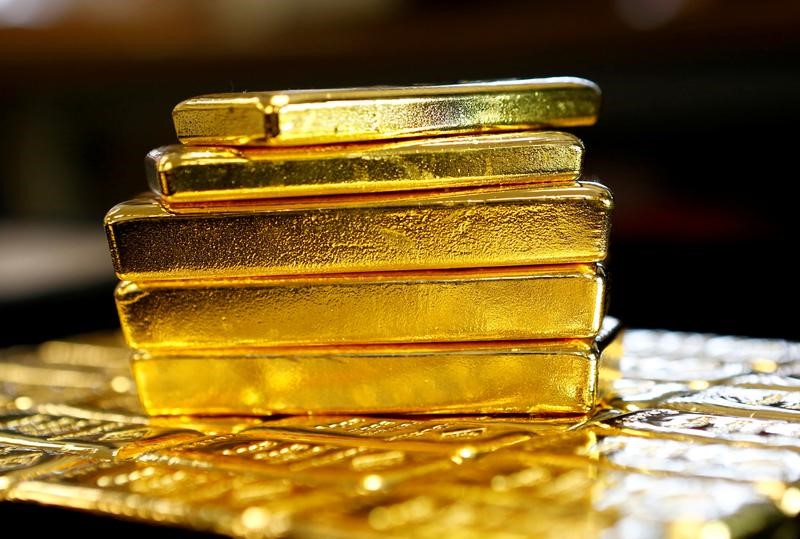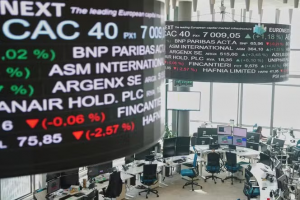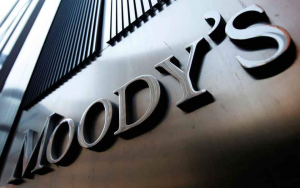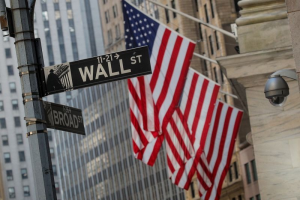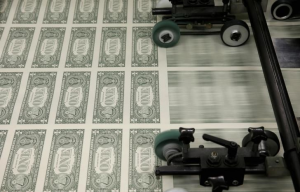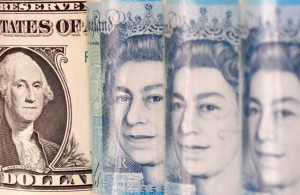Gold has surged to a record high this week, surpassing the $2,900 per ounce mark for the first time following heightened trade tensions.
This big surge comes after President Donald Trump hinted at a potential 25% tariff on all US imports of steel and aluminum over the weekend.
But despite this record-breaking performance, Joe Maher, an assistant economist at Capital Economics, suggests the rally might not sustain its momentum for long.
Precious metals has been one of the best-performing asset classes of 2025, notwithstanding the lack of support from traditional drivers like the US dollar and real yields. The usual inverse correlation between the 10-year U.S. TIPS yield and gold prices has notably weakened recently.
“Instead, we suspect gold has benefitted from investors' fears around the possibility of another trade war,” Maher said in a note.
“Concerns that gold may get caught in the trade war crossfire may also have led US investors to buy up gold in order to get ahead of any future tariffs that might affect US gold imports. This may partly explain the recent stockpiling of gold on the Comex in the US,” he added.
Still, the economist points out that the recent tariff-related concerns are just part of a broader divergence from gold's traditional market drivers.
Central bank gold purchases have been a significant factor, potentially as a strategy to reduce exposure to US sanctions, as observed after the freezing of approximately $300 billion of Russian reserves by the US and its allies following Russia's invasion of Ukraine.
Moreover, the large US fiscal deficit, along with President Trump's recent comments on the national debt, may be affecting reserve managers' confidence.
Another highlighted factor by Maher is the robust demand for gold from China, driven not only by its central bank but also by private Chinese investors in search of viable investment options.
While Capital Economics acknowledges that non-traditional drivers could continue to underpin gold's value in the short term, it expects that central bank reserve diversification will proceed slowly, and the high price of gold may deter some investors.
Furthermore, the firm expects long-dated Treasury yields to rise this year, reinforcing its forecast that gold prices will retreat to $2,750 by the end of 2025.

